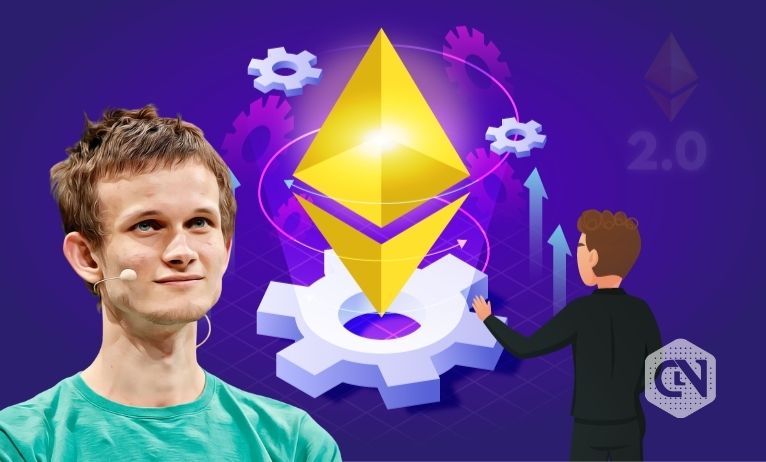This content has been archived. It may no longer be relevant.
Ethereum 2.0 seeks to enhance the safety and scalability of the Ethereum platform. Launched in 2015 in tandem with cryptocurrency ETH, Ethereum is today the second largest after Bitcoin and can undertake thousands of transactions per second. Ethereum 2.0 is poised to spearhead the DeFi revolution. One could also say that Ethereum 2.0 is a sort of a decentralized world computer.
The current price of Ethereum is around $2500, with a market cap of $287,734,580,595 and a trading volume of $37,702,510,029.35. To migrate to Ethereum 2.0, users can lock up their Ether on a smart contract on the Ethereum 1.0 chain, and the exact amount will be credited to them on the Beacon (Staking) Chain in Ethereum 2.0.
Advertisement
The much-awaited upgrade to Ethereum 2.0 is now bearing fruit. Serenity or ETH 2.0, the first phase of the new Ethereum 2.0, was released in 2020. The new blockchain is expected to roll out entirely in 2022-2024. Since the time it was conceived, Ethereum has been evolving from hard forks, airdrops, ICOs, wrapped tokens, and token migrations.
With an underlining focus on scalability, security, and consensus mechanism, Ethereum 2.0 looks to be a formidable and path-breaking upgrade. Instead of the traditional proof-of-work (PoW) concept, Ethereum 2.0 will use a proof-of-stake (PoS) concept. Transaction validators stake crypto to verify a transaction in the PoS concept. Based on the amount of crypto they hold and the duration they have owed it, validators propose a block. On successful block propositions, validators are rewarded by cryptos, a process called minting or forging.
Vitalik Buterin speaking at a tech conference in Hong Kong, recently said the shift from PoW to PoS is not likely to take place before 2022. He said the shipping and addition of shard chains are seen by many as landmarks in the ETH 2.0 upgrade. According to a statement made by Buterin in the conference, the biggest roadblock to the Ethereum upgrade is not technical issues but problems related to people.
Advertisement
Although the PoS delay demands computational, programming-based issues and involves altering the consensus algorithm, it is not really a major problem. Buterin said, on the contrary, there were a lot of internal team conflicts in the last five years. Buterin is the only surviving co-founders of the original team. In the past five years, many original Ethereum co-founders have left to build rival blockchains like Gavin Wood, co-founder of Polkadot and Kusama, Charles Hoskinson, founder of Cardano.







